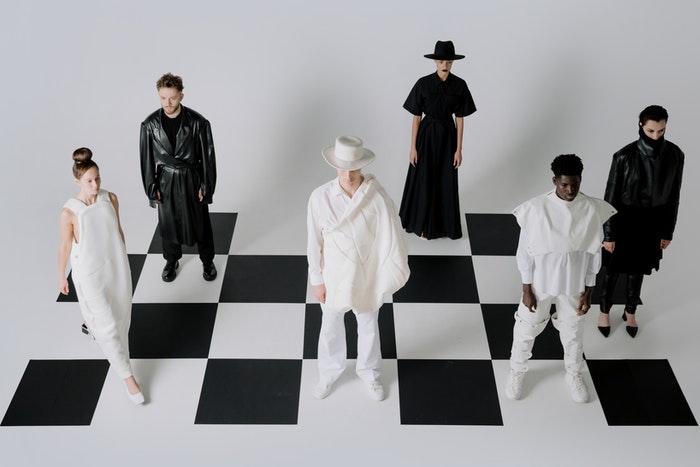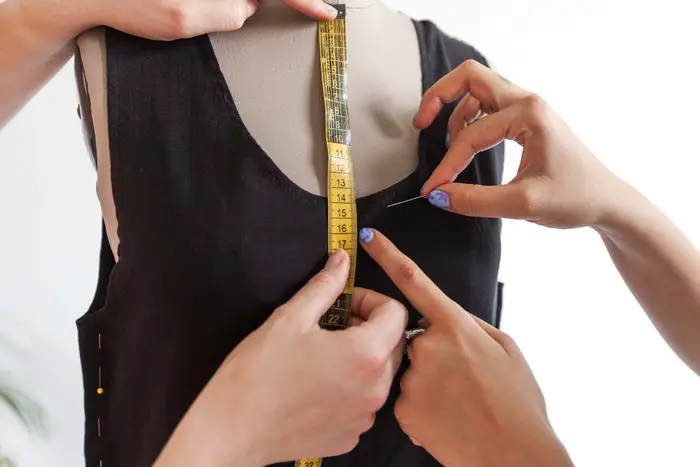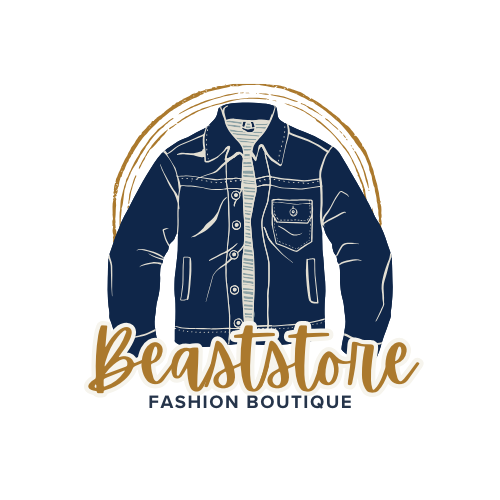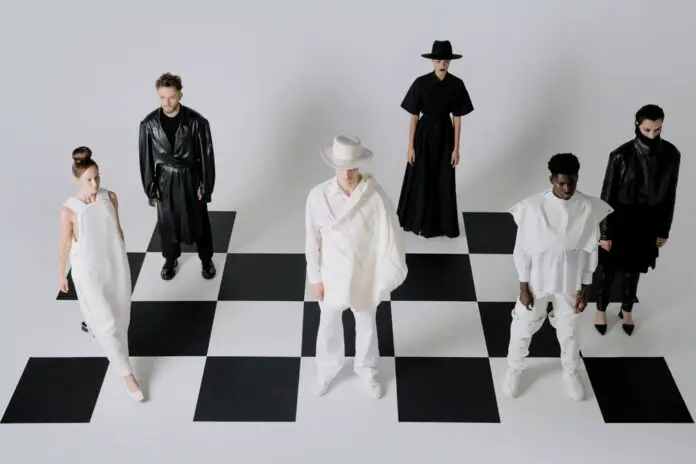Blog
A CLOTHING REVOLUTION FROM THE HEART
THE HEART OF COUTURE – A CLOTHING REVOLUTION
It is undeniable that the LGBTQ community has had a significant impact on mainstream fashion. Over the years, we have witnessed a wonderful relationship between fashion and sexuality.
We cannot ignore the influence LGBTQ has on our clothing choices even though marketing and advertising have a significant impact on fashion trends.

The queer community understands the true power of fashion and how it can be used to make a statement and change attitudes through the use of fashion.
For most people, clothing is a basic way of staying modest and warm, and the right combination might just look good on you. Nevertheless, clothes are an integral part of the LGBTQ community’s identity, identity, and personal style. Fashion is an essential and effective tool for queer visibility. Visit Taimi for more information on gay in fashion.
Queer visibility is increasingly being promoted by brands through their platforms and catwalks. Generation Z and millennials are actively seeking out brands’ practices, from product origin to manufacturing, and customer loyalty is closely tied to a brand’s commitment to social justice.
In order to accommodate the LGBTQIA+ community, brands are creating statements that cater to a person’s individuality, not just their gender.
As queer-owned and founded brands are on the rise, fashion houses are incorporating gender-bender clothing into their lines with the aim of being inclusive.
In most European cities, homosexuality was normalized long before the twentieth century. Cross-dressing and transvestism were the defining characteristics of gay men.
Donning women’s attire served both as a means of self-expression and a means of attracting romantic interests. This practice was widespread during the nineteenth century, but it was in the Harlem Drag Balls that lesbians and gay men found a welcoming space to freely cross-dress. In the 1950s, the Art Balls emerged as a stage for cross-dressing as a form of entertainment. These performances, led by drag queens, playfully mocked traditional societal norms. As a result, beloved drag personas like Lily Savage, RuPaul, and Divine came into prominence.
Prior to the 1960s, queer individuals would often dress in a way that hid their true sexual orientation so as to appear heterosexual. This was due to the fact that openly expressing homosexuality was against the law in America. Those who wanted to avoid scrutiny were expected to adhere to a certain dress code based on their gender, which typically consisted of at least three articles of clothing. As a result, there emerged a need for signifiers – items or specific fashion choices that could indicate one’s sexual identity. While these signifiers have evolved over time, one that has remained consistent across cultures is the suede shoe. For lesbians specifically, common signifiers included wearing the color violet, sporting short haircuts, and incorporating cufflinks or ties into their outfits.
In contrast to most people, queer people make fashion trends, not follow them. That might explain why they’ve been the most influential trend makers in history.
The Couture Culture
Unlike most people, queer people don’t follow fashion trends. They create them. That would explain why the most powerful, influential trend makers in history.

Nowadays, designers create to dress the gender, not just the body
Some of the greatest LGBTQ fashion designers include Christian Dior, Gianni Versace, Louboutin, Alexander McQueen, Yves Saint Laurent, and Cristobal Balenciaga. Although most of them had to hide their sexuality for most of their lives, we cannot deny that gay people dominate the designer world.
Is sexual orientation tied to one’s fashion sense? Does being gay make someone a style expert or influence their wardrobe decisions? The reality is, yes, it does. A person’s sexual identity plays a significant role in their fashion choices, as it serves as a form of self-expression and identification. As noted by Donatella Versace, gay men have excelled in the fashion industry because they design for the woman they aspire to be. However, there is no gene that determines creativity based on sexual orientation. This is evident in the success of various straight designers, including Miuccia Prada, Kanye West, Ralph Lauren, and Stella McCartney.
As an important part of LGBTQ fashion, couture promotes individuality, aids in identifying queer people, and establishes a universal language. Fashion is a platform where people can be authentic and express themselves honestly. Couture dresses the gender, not the body.
The Movement
Fashion ideas, fabrics, and styles are more experimental with queer people, and they are not afraid to experiment. With designers taking control of the clothing industry, gay influence became more evident. Gay men tend to lean towards the gay aesthetic, so their taste directly influences the whole industry.
Second wave feminism led to the New Man revolution in the eighties. It encouraged straight men to pay more attention to what they wore, how they looked, and grooming products. Many new magazines aimed at modern men were heavily influenced by gay culture. The looks were designed by designers, and the entire team that put them together was gay – the photographers, stylists, hairdressers, and make-up artists.
In an effort towards inclusivity, fashion brands have launched dedicated collections for the queer community. Despite criticism that these initiatives are primarily used as a marketing tactic, we cannot overlook their positive impact on increasing queer representation. A portion of the profits from these collections are donated to LGBTQIA+ organizations like The Trevor Project, Born This Way Foundation, OutRight Action International, and GLAAD, which work tirelessly to promote LGBTQIA+ rights and prioritize mental wellness within the community.
Conclusion
The influence of LGBT fashion trends on our taste and style cannot be ignored. Their stylist courage and curiosity make them powerful powerhouses in the fashion industry now and for many years to come. Over the years, they have given detail and style to what we could only describe as modest.

